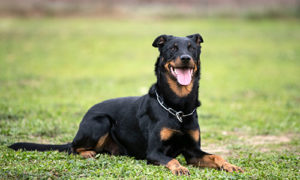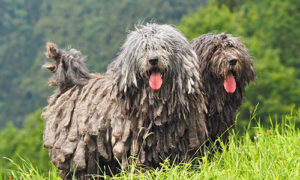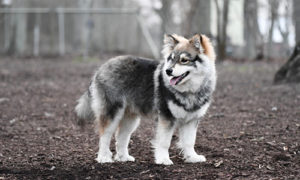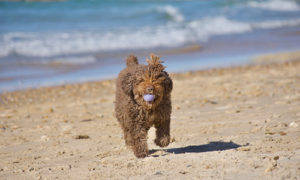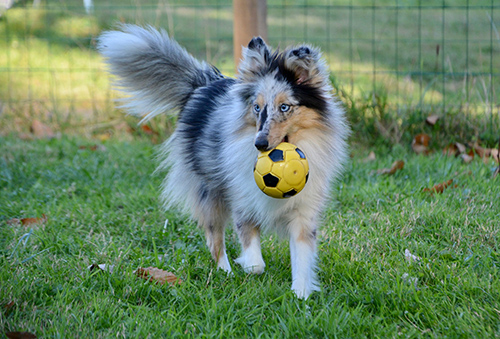
The Shetland Sheepdog hails from the Shetland Islands in Scotland and is a fairly new breed. This breed’s ancestors are believed to be the Pomeranian, King Charles Spaniel, Collie, and Spitz. It was utilized mainly as a versatile farm dog as well as a companion.
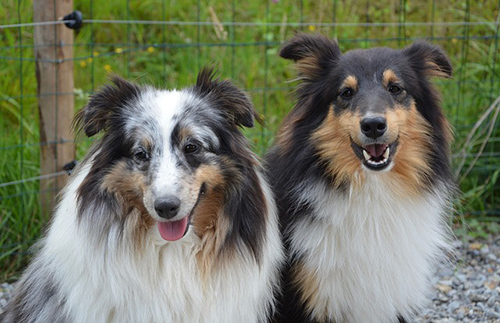
This breed is also known as the Shelti and numerous other names such as the Lilliputian Collie, Toonei Dog, Peerie Dog, Fairy Dog, or Shetland Collie. It was first characterized in the year 1844.
This breed’s first foray into the United States came around 1908 and has been displayed in Britain since 1909. This dog’s ancestry is wide-ranging, which ensured diversity of type; however, breeders did not decide on type until 1930.
The Shetland Sheepdog is mainly trained as medical-alert dogs, rehabilitation dogs, and assistance dogs.
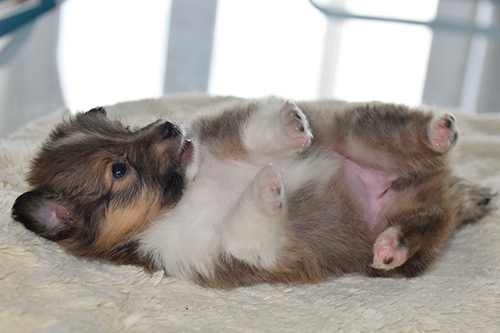
The Shetland Sheepdog resembles a miniature version of the Rough Collie; however, there are certain variances. The Shelti is perfectly proportioned and, to some extent, rectangular with a muscular, arched neck; a profound chest; and compact, oval feet.
The Shelti has a long tail that reaches the hock, carried up but not curved over the back. Its long, distinguished head is shaped like a blunt wedge. Also, it possesses a gentle yet questioning expression. Its eyes are medium-sized, almond-shaped, and dark. The ears are high set, small, and erect at the base with its tips folded forward.
Shetland Sheepdog Breed Facts
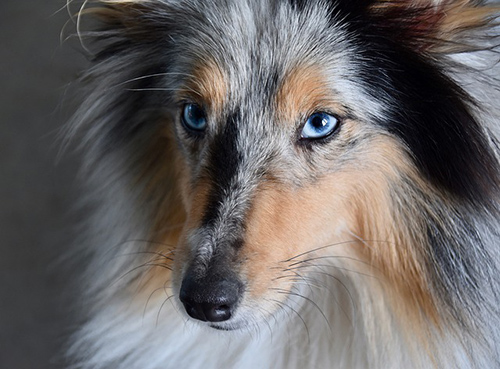
Temperament: The Shetland Sheepdog is a devoted, affectionate, intuitive, and adaptable breed. It is intensely receptive and trainable, which makes it an ideal breed for dog sports. For instance, it is very talented when it comes to herding, agility, rally, and obedience competitions. This dog can be cautious with strangers; therefore, socialization at a young age is important. In addition, keep in mind, unless their properly trained, Sheltie’s can develop bad habits such as unwarranted barking or herding people and pets. These dogs react well to positive, motivational training. Also, these dogs do not respond well to rough handling as they’re very sensitive.
Grooming: A good brushing two times per week is fine; however, you will have to increase during seasonal shedding.
Activity level: Intense. This is a highly active dog whose working tradition commands its need for intellectual and physical activity. Also, these dogs demand regular commitment and exercise in the form of lengthy walks, play, or running time with their owners.
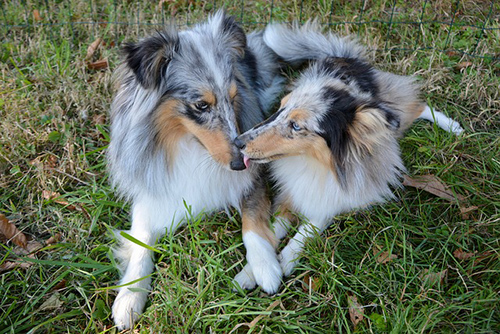
Coat: The Shetland Sheepdog is known for its long-haired, rough, straight, harsh outer coat and a short, thick, furry undercoat. The coat on the face, ear tips, and feet is smooth. There’s a heftier coat on the neck and chest; this mane and frill are more noticeable in males. In addition, the coat on the tail is abundant.
Size: 13 – 16 inches; 15 – 25 pounds
Group: The Shetland Sheepdog is a member of the AKC Herding Group and the UK Working Group
Life expectancy: 12 – 14 years
Do your research before purchasing this breed. Take your time and find a reputable breeder or consider a rescue dog.

